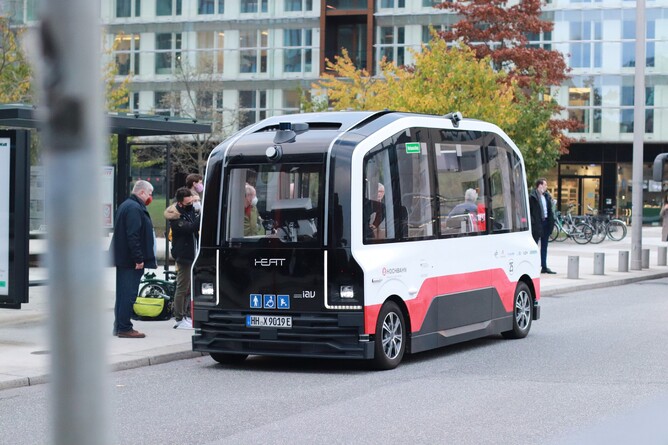Let’s get Wellington moving? Let’s get Wellington thinking.
When you are guilty of doing a large amount of nothing for ages and global warming is knocking at your door - you’re likely to do what Wellington is on the verge of doing: build a railway, wage a war on cars and absolutely put a spade in the ground somewhere.
But is that really the right thing to do at a time when our community faces an uncertain future, with a recession and cost of living issues front and centre? Many Councils are now suddenly planning on population growth. The light rail line to Island Bay is justified by a (hypothetical) 21,000 new homes and will cost $2Bn. But since the mid-nineties 15,000 people have made the inner city their home. They tend to use cars sporadically or opt instead to walk, cycle, mevo and uber.
This may upset light rail proponents, but everything that Wellington needs: lower emissions, more walking, more cycling, lower rates, more housing, affordability of said housing, improved environmental sustainability, lower car use, improved safety, a more invigorating city - it's all achievable with an alternative approach. Intensify what is still a relatively sparsely populated inner city.
Adding more population without high infrastructure cost is, after all, the key to controlling rates, plus the quantity of inner-city dwellers is a very useful measure of Wellington’s health and prosperity on all fronts.
Our highly walkable city centre welcomes an influx of 60,000 people on a workday and farewells most of them at night. As they head home to the suburbs, the already existing infrastructure that serves them during the day is left idle. Futureproofing base infrastructure in the inner-city to enable meaningful intensification simply makes sense.
Wellington has the potential to be a good carbon performer, where living is miles cheaper than Auckland or Christchurch if you don’t need to own a car. Accept a crude figure of $20,000 as the total cost of owning a car annually and apply that to a $500,000 mortgage (plus some shoe leather) on a one-bedroom apartment and you’ll discover that the world truly is your bluff oyster.
Then there’s the Mount Victoria Tunnel. The one that chokes traffic every day and lurks sneakily behind many different agendas. Jammed cars going nowhere increases emissions - let the traffic flow: any other plan is mad. Increase all other feasible transport options (electric ferries and buses, and for those who are able: walking and cycling). Why leave this tourniquet on the Eastern Suburbs?
The plans afoot to redesign the golden mile to change Wellington’s circulation and retail habits have some aspects that appeal, but it doesn’t get to the crux of the matter: Wellington has established retail patterns - people purchase as a result of being in town at work, and Wellingtonians already do a lot of walking, it’s one of the reasons that visitors comment on the vitality of our streets. If we properly measured our carbon performance against other population centres, I’m sure we would find that the goal was well within reach. Retailers in other parts of Australasia demand hefty carparking allocation, but we manage very well as it is.
The one change to the golden mile that I would dearly love to see is a highly efficient fleet of small electric buses servicing the inner city (between the Railway Station and Courtenay Place). Our company would be delighted to sponsor one, many others in town would also. The bulky suburban bus fleet can meet at each end of town, leaving beautiful sidewalks to be enjoyed with, perhaps, a touch of congestion tax.
If raising the cost of living is the intention (it certainly seems to be) - then let's just keep going as we are. But if we want to save $400m (Wellington City Council’s contribution to light rail) and start cleverly increasing our rating base, then let's create some meaningful frameworks to speed up the rate of conversions and redevelopment of buildings from commercial to residential. Continue to invigorate our inner city with ongoing support of the arts, events and hospitality. Enable and support development that adds to the sustainability and liveability of our wider community.
Conversely, failing to realise the positive value of our assets simply transfers more cost onto our citizens, increasing pressure on less fortunate members of our society when they’re already facing enough.
As is often the case, Wellington has quite a lot going for it - but we can make it much better, and in doing so, the cost of living in Wellington will be lowered.


